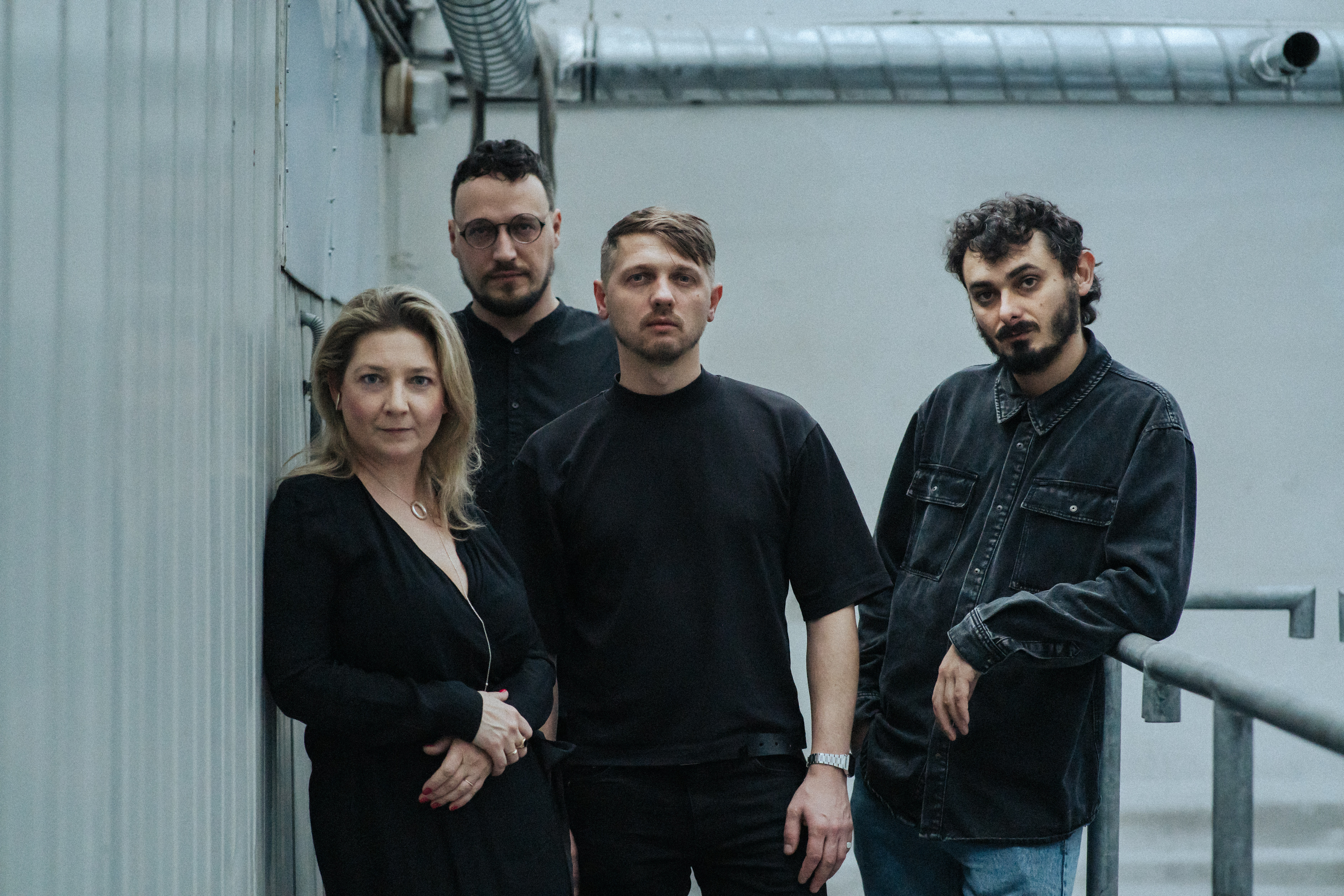Describe your studio/work practice.
My practice draws on archives and recent developments in art history to influence culture and social movements. I research the history of exhibitions in Poland and the profession of curator. In 2015 I published a book, together with Julia Wielgus “In the frame of the exhibition – interviews with curators” where we talked with 12 curators from Poland. It was one of the first books ever published in our country about this profession. I am also interested in a visual and material culture of the first decade of 2000’.
What does participation in the Venice Biennale mean to you?
It’s a dream come true and a chance to develop my practice, to change the previous space and context of their work from Polish to international, come into contact with a wider audience and critics, and expand their own research and curatorial perspective.
What do you expect in terms of your career as a result of this participation?
This is a very important moment for me to start working more internationally, but my idea was also to put into focus the Ukrainian contemporary artists that visibility was heavily constrained by its historical functioning in the shadow of the post-Soviet empire. Let me give you an example. In 2018 MoMA in New York published a book on European Art. Ukraine was not represented there at all because it was still seen as part of russia. The post-Soviet countries were not considered at all, while to other countries, the team working on the book returned several times each. There are, of course, well-known Ukrainian artists, such as Boris Mikhailov, who have made careers abroad. But there are more artists to be described and revealed to show the broader picture of this fascinating art. That’s why I applied to the Polish Pavilion with Ukrainian collective Open Group (Yuriy Biley, Pavlo Kovach and Anton Varga). As a curator who admires and knows this art scene pretty well I would like to take a part in the process of bringing it back to the right place in history of art as well as in contemporary art.
Did you feel or sense anything during the application process or preparation that made you aware of being Central-Eastern European? If yes, what were the advantages or disadvantages of this? (eg.: financial aspect, reception)
For me, the most important project was the one I applied with, Repeat after Me II with the Ukrainian collective Open Group, touching largely on Eastern Europe but speaking globally about the tragedy brought on by armed conflicts around the world.
Do you think there is such a thing as ‘Central-Eastern European-ness’ in the field of fine arts, similar to history, politics, and culture? If yes, in what ways?
Each country’s culture and art are immersed in its history and politics. The history of Central-Eastern Europe certainly stands out, if only by the presence of the Iron Curtain in the post-war years.
This, for example, will be the subject of a solo exhibition by Yuriy Biley (one of the members of the Open Group), which opens on 22 March at BWA Studio Wrocław (Poland). It is a story about the independence aspirations of three European countries, where he analyses the visual culture of selected historical moments, seen not through landmarks, but through the less visible processes that led to them. The artist takes up the theme of freedom and democracy, exploring its shifts on the European map using archival material from the 1960s to the 1990s. He selects elements of the visual culture of that period revealing them with artistic interpretation.
As a curator at the Venice Biennale, did you notice any changes in yourself during the preparation? E.g: Has your attention, taste, or opinion changed? Has your range of interests expanded? If yes, in what way?
I am highly motivated to work and feel the responsibility that is placed on me. At the same time, I feel in a privileged position to be able to realise the exhibition at the Giardini della Biennale. This is a huge opportunity not only for me, but also for the art and artists of whose talent I am so convinced and the impact we can have on a change in reactivation and revisit the subject of Eastern European art, including Ukrainian art.

